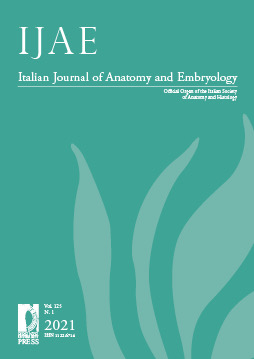Published 2022-04-29
Keywords
- Asymmetry,
- Body Mass Index,
- Hand dimension,
- Hausa ethnic group
How to Cite
Abstract
Several documented evidences have indicated high influence of diseases on developmental instability measurable by asymmetry, there is however scarcity of reports on the type of asymmetry in hand and limited attempts to determine its relationship with body mass index (BMI) especially among Hausa population. The study was aimed to determine type(s) of asymmetry in hand dimensions and its relationship with BMI from selected tertiary institution in Kano metropolis, Nigeria. The study was cross sectional type which involved a total of 398 students (204 males and 194 females). The hand dimensions (digits length, palmer length and hand breadth) were measured using standard protocol. Body mass index was calculated from the measured height and weight. Asymmetry was determined as right-hand dimension minus left hand dimension (A = R-L). One sample t test was used to determine the type of asymmetry in hand dimensions. Pearson’s correlation was used to determine the correlation between the asymmetry and BMI. The results of the study showed that digit length, hand breadth and palmar length exhibited directional asymmetry (DA). The degree of the DA was more expressed in index digit followed by middle digit and the least was the ring digit. The nature of DA in the hand dimensions was left warded except for the hand breadth which was observed to be right warded. There was no significant correlation observed between asymmetry in hand dimensions with BMI. In conclusion, there were no significant correlations between hand asymmetry and BMI among the studied Hausa population and hand dimensions exhibited directional type of asymmetry, as such may not be used as a surrogate indicator of developmental instability.


